The Wild Story of Harley-Davidson and Porsche’s Failed V4 Engine
Harley-Davidson and Porsche teamed up on multiple occasions, including on this V4 powerplant.

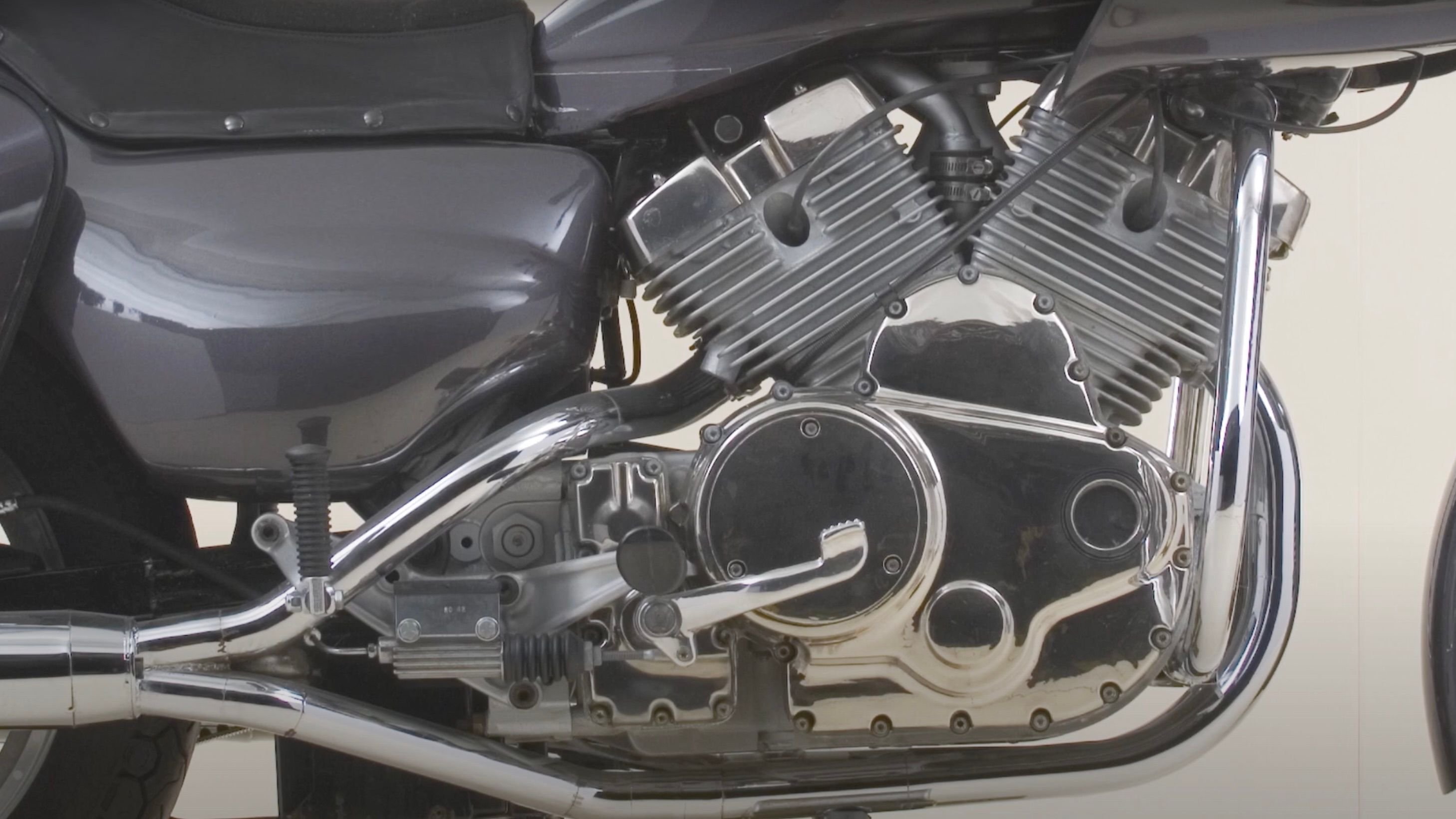
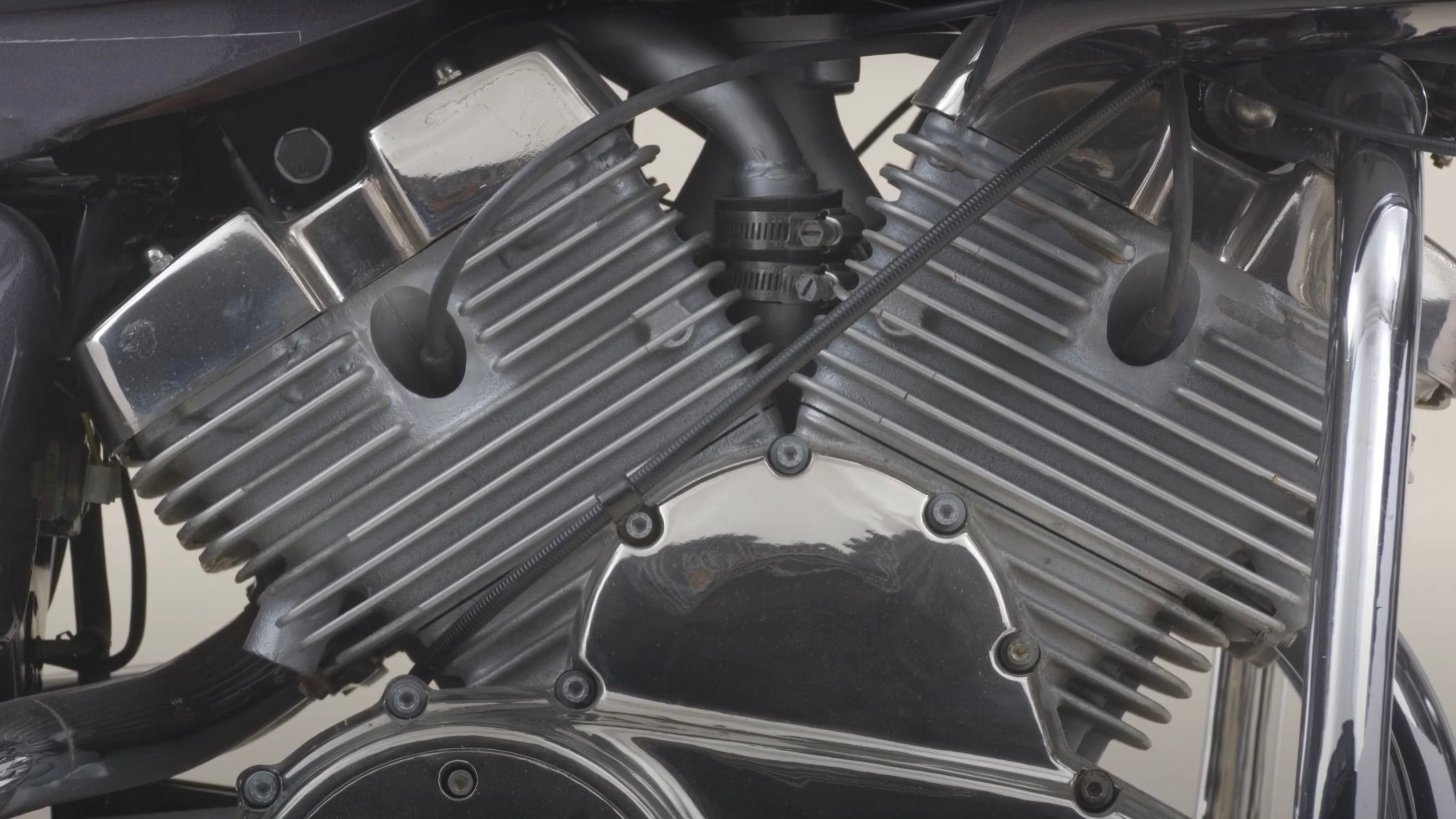
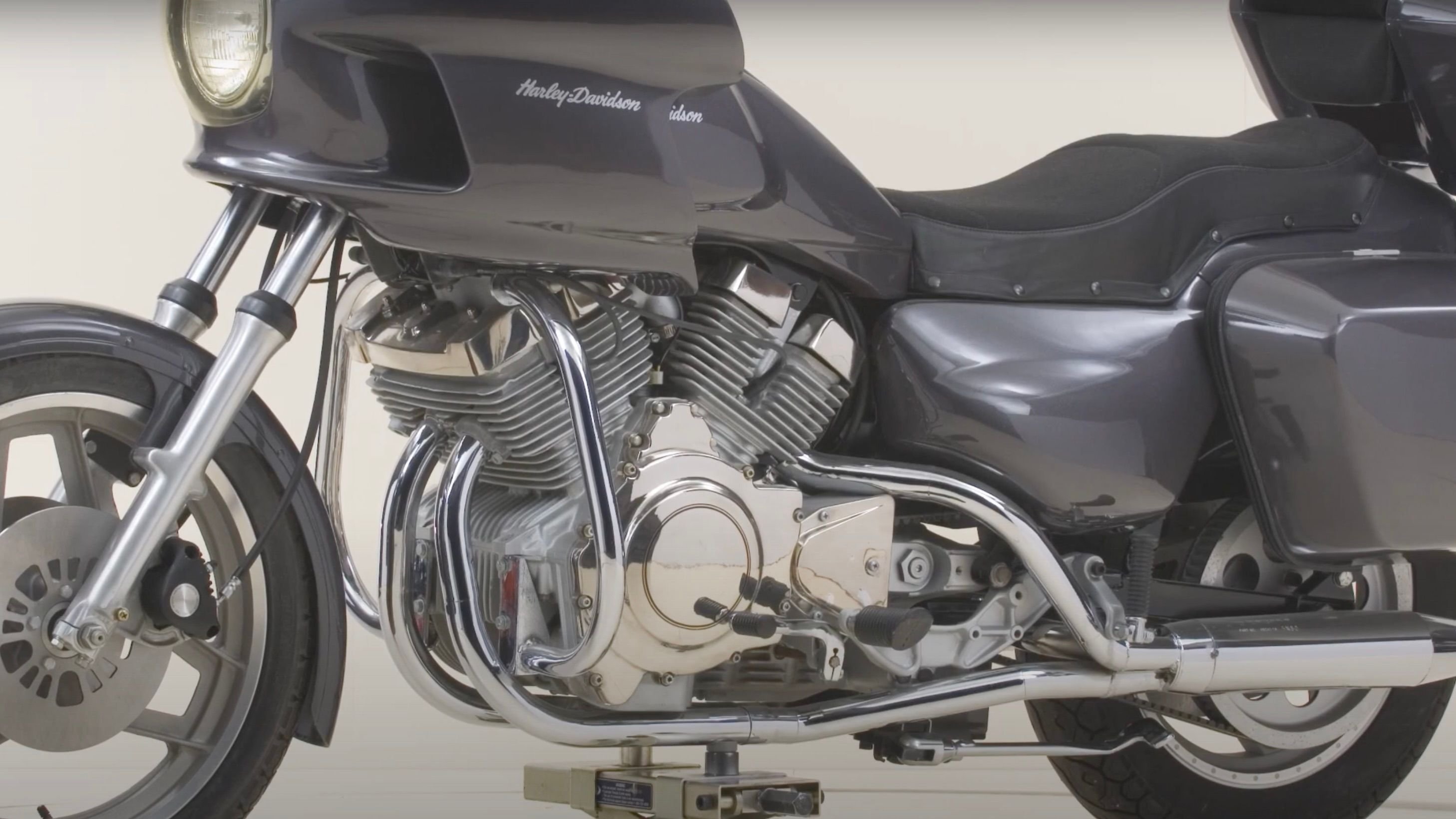

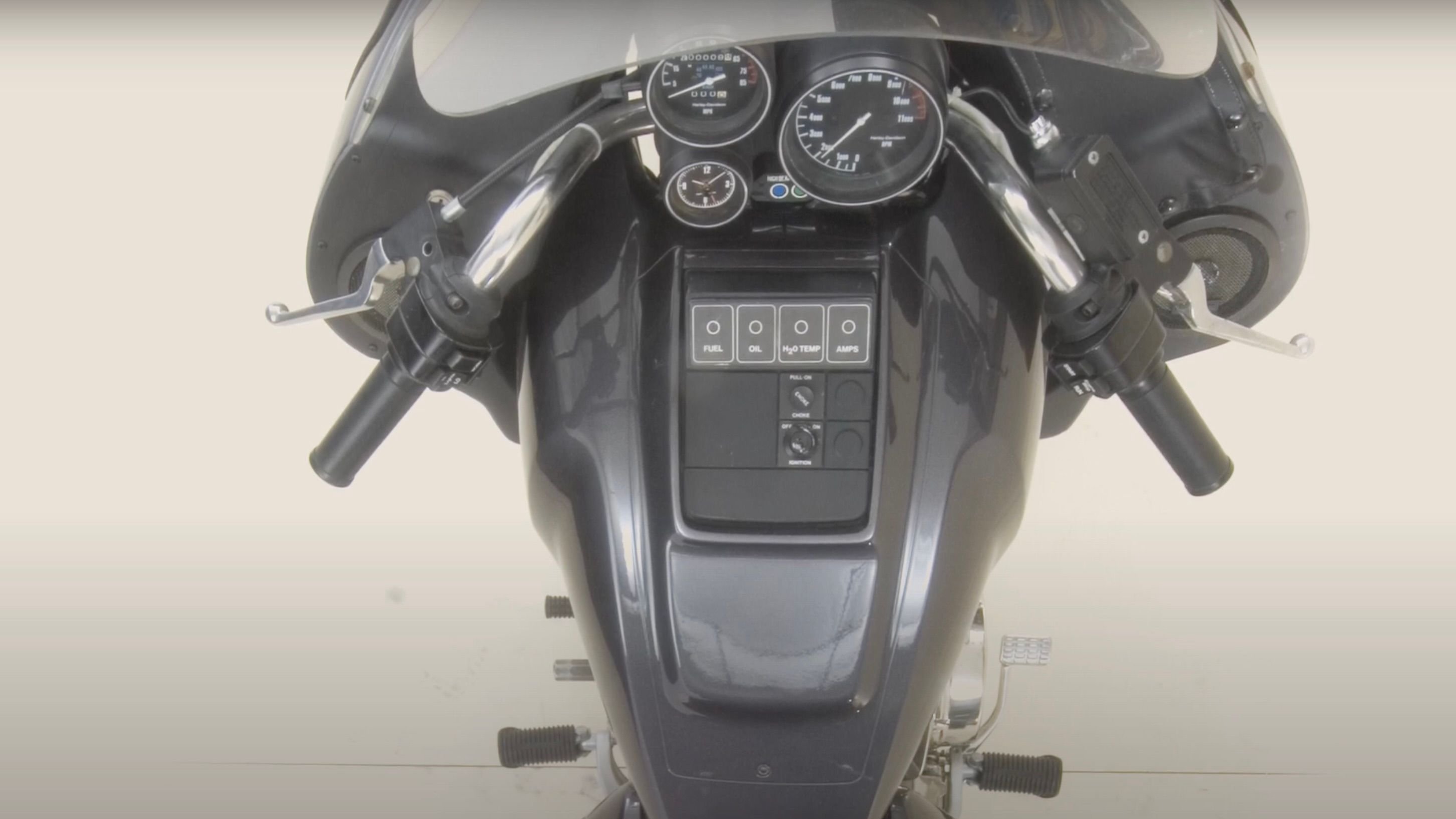
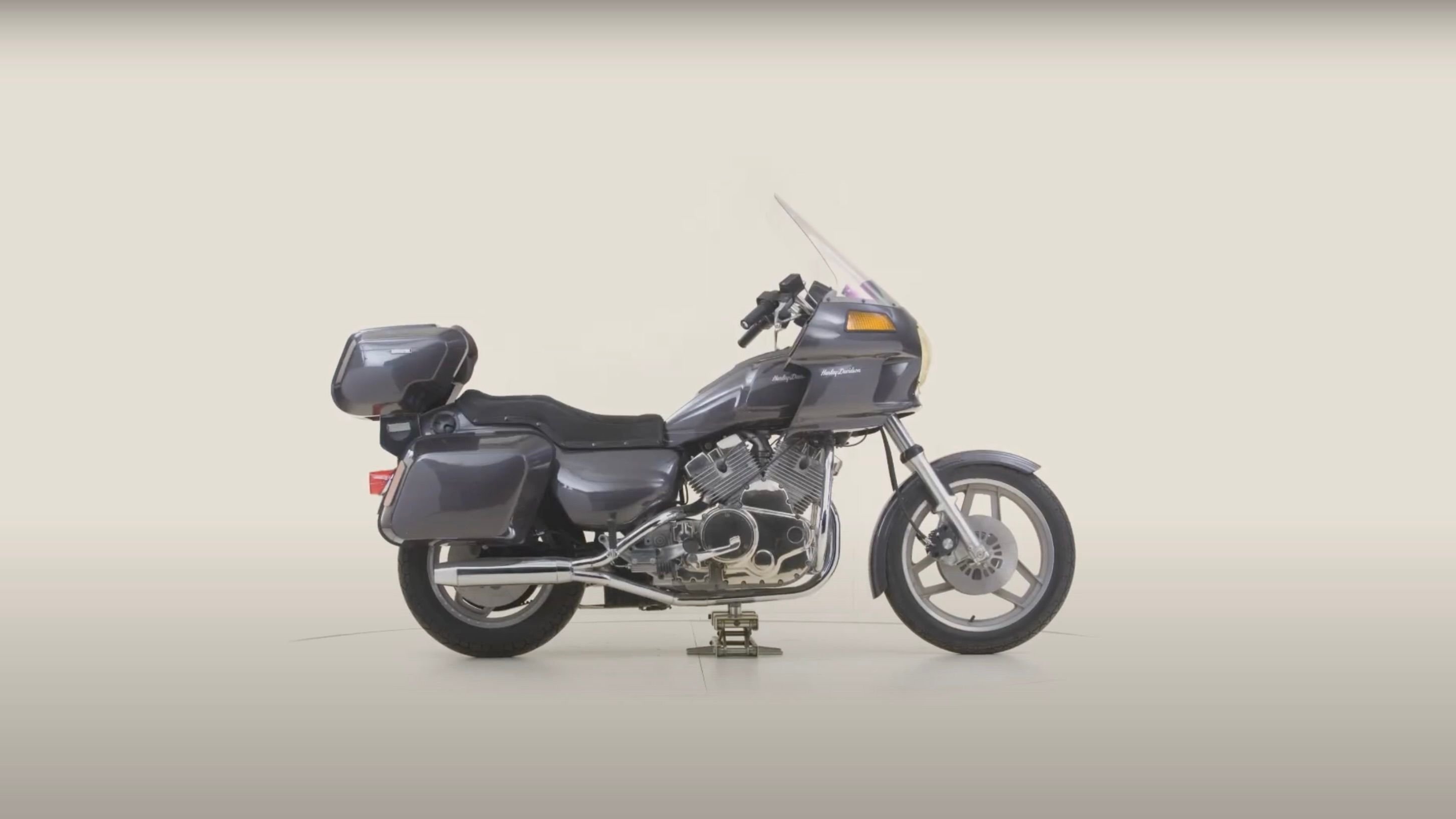







Unique Collaboration
Though many may not be aware, Harley-Davidson and Porsche have worked together on more than one occasion, which seems a bit odd given the fact that one company is an American legend, while the other is perhaps the most famous German sports car maker of all time. However, while many are aware of the fact that Porsche helped Harley make the powerplant for the V-Rod, some may not know that there was another revolutionary project between the two that didn't see the light of day.
Competitive Edge
Back in the late 1970s, Harley was looking to stay one step ahead of Honda and its imported competition, and it figured that the best way to do that was to beat them at their own game and develop a V4 engine. Thus, it teamed up with Porsche for this project, which culminated with the development of a prototype dubbed the 1981 Nova Touring.
Three Engines, Two Platforms
This occurred during the same time that Harley was also developing the Revolution engine, but the Nova project actually consisted of three configurations - a twin, a V4, and a V6. Originally, Harley planned on using this project for two different platforms as well - a touring bike, as well as a sportier model.
Unique Configuration
The V4 was a liquid-cooled powerplant mated to a four-speed integrated transmission. The engine was of Keystone construction, meaning that it served as a structural component of the motorcycle's frame, with a horizontally mounted radiator located under the seat. The gas tank filler cap is actually located on the rear fender, and the tank itself doubled as an air box with electronics housed in its upper portion.
Pricey Project
Originally, Harley's V4 was supposed to offer up four valves per cylinder, but development money soon ran low, and in final testing, the engine simply didn't perform up to the company's standards. Thus, H-D ditched its pricey project and instead went with the Evolution engine moving forward, forever relegating the V4 to historical footnote status.
Financial Sense
Much of this decision came out of necessity - AMF had just sold Harley-Davidson back to Willie G. Davidson and a group of investors, who found themselves working to pull the company out of debt, and it had already sunk a whopping $10 million in the Nova project. Sadly, the new V4 was reportedly a solid piece that looked to be incredibly reliable, but it just didn't make financial sense at the time.
Alternative History
The rest, as they say, is history, and the Evolution engine helped Harley right its financial ship and ultimately survive that particular crisis. Pieces of the Nova went on to be used in some production bikes, but it's still interesting to wonder - what if Harley had put the V4 into production and beat the imports at their own game? Sadly, we'll never know.
>>Join in the conversation about the V4 engine right here in Harley-Davidson Forums.
For help with your do-it-yourself maintenance and repair projects, please visit our how-to section in the forum.

